The following is the first part of a presentation given by Jared Meek, ecologist and poet, at the Mormon Scholars in the Humanities 2019 annual conference. The theme of the conference was “Ecologies.” Parts two and three.
Thank you for letting a scientist into a humanities conference. I am first and foremost a botanist, but I graduated from BYU with a deep love for both the laws of the natural world (science) and the ways in which human cultures affect and are affected by nature (environmental humanities), and I often question my decision to study the former rather than the latter.
I’m grateful for the opportunity to speak to you on Endangered Species Day. As you are hopefully aware, two weeks ago the U.N. released a report detailing an unprecedented number of species that are threatened with extinction. In case you missed it, here is a summary:
“Human actions threaten more species with global extinction now than ever before. An average of around 25 percent of species in assessed animal and plant groups are threatened, suggesting that around 1 million species already face extinction, many within decades, unless action is taken to reduce the intensity of drivers of biodiversity loss. Without such action there will be a further acceleration in the global rate of species extinction, which is already at least tens to hundreds of times higher than it has averaged over the past 10 million years.”
The causes for humanity’s outsized impact on the natural world are numerous and, by now, sadly familiar: habitat destruction, overconsumption of resources, climate change, spread of invasive species, deforestation, pollution, the list goes on. Scientists have gone to great lengths to quantify and communicate the consequences of our wanton destruction of the natural world, but the public and private responses to their warnings have so far been inadequate. Indeed, as Thomas Friedman, author of “Hot, Flat, and Crowded” recently said, “I think we are the Noah generation […] Not only do we have to build the ark, but we also created the flood.” Why is this so? Why did human societies allow technology to replace their connection to the natural world, and what dominant paradigms enabled the builders and destroyers of the modern world to ignore the consequences of technological progress until now?
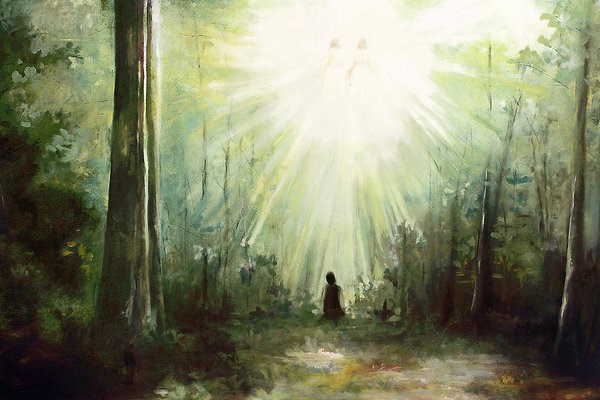
Christianity to Blame?
In 1966, Lynn White Jr., then a professor of medieval science and technology, presented a paper at an annual meeting of the American Association of the Advancement of Science. This paper, titled “The Historical Roots of Our Ecological Crisis,” was published the following year, and, though it has been widely debated, is now considered fundamental to modern environmental literature and ecocriticism. In it, White asserts that Judeo-Christian beliefs are primarily to blame for mankind’s alienation from and domination of the natural world. At the time, he claimed that our ecologic crisis would continue to get worse “until we reject the Christian axiom that nature has no reason for existence save to serve man.” Specifically, by placing man at the center of the universe and destroying pagan animism, Christianity prepared the way for a scientific and technological progress that disregarded ecological balance, thus becoming “the most anthropocentric religion the world has seen.”
While insightful and somewhat accurate, White’s sweeping conclusions about Christianity’s role in ecological ruin do not consider the extent to which various denominations of western Christianity, with their nuanced and often diverging doctrines, differ in their teachings and attitudes toward the natural world. By assuming that “the whole concept of the sacred grove is alien to Christianity,” White clearly overlooked a faith whose modern origins were literally found in a Sacred Grove.
Joseph Smith’s first vision, in which he saw “two Personages…standing above [him] in the air”, introduced a novel and heretical view of God’s image. Instead of the Father, Son, and Holy Ghost being a physically unified Trinity, Joseph Smith began teaching that they were a Godhead of three separate and distinct beings. Smith’s claims of seeing and speaking with God challenged the prevailing views of how God communicates with humanity, as well as where He communicates with them. The radical idea that God could speak to anyone, anywhere, must have seemed a massive threat to preachers who earned their wages in man-made places of worship. Later, Joseph Smith claimed that he was again visited by heavenly messengers while out in nature, this time near the Susquehanna River in Pennsylvania, who gave him Priesthood authority to act in God’s behalf. When we ponder the what of the Restoration of the Gospel, it’s equally important to remember the where.
The LDS faith’s perspective on God’s image and Priesthood authority are often cited as its defining characteristics within the western Christian context, but these are not the only principles that are unique to Latter-day Saint theology. Specific LDS teachings that followed after Joseph Smith’s vision show that, along with the Restoration of the Priesthood, God was restoring an understanding of humankind’s proper relationship with and respect for the natural world. A reading of these teachings alongside Lynn White’s criticisms of Christianity demonstrate how Latter-day Saint theology can help remedy our modern ecological crisis.

Reanimating the Natural World
One of White’s most striking explanations for our ecological crisis is Christianity’s role in suppressing paganism and deanimating the natural world. According to White,
“In Antiquity every tree, every spring, every stream, every hill had its own … guardian spirit … Before one cut a tree, mined a mountain, or dammed a brook, it was important to placate the spirit in charge of that particular situation, and to keep it placated. By destroying pagan animism, Christianity made it possible to exploit nature in a mood of indifference to the feelings of natural objects…The spirits in natural objects, which formerly had protected nature from man, evaporated. Man’s effective monopoly on spirit in this world was confirmed, and the old inhibitions to the exploitation of nature crumbled.”
Since most Christian traditions concern themselves with matters of the human spirit, this argument holds a lot of water, but do Latter-day Saints believe that humans have a “monopoly on spirit”?
The Pearl of Great Price, a book of scripture unique to the Latter-day Saints, contains an additional account of the creation story, recorded by the prophet Moses. After a monologue on the seven periods of creation, the Lord, speaking to Moses, explains,
“I, the Lord God, made the heaven and the earth, And every plant of the field before it was in the earth, and every herb of the field before it grew. For I, the Lord God, created all things, of which I have spoken, spiritually, before they were naturally upon the face of the earth… for in heaven created I them” (Moses 3:4-7).
From this passage we learn that all things, not just humans, are made of both physical and spiritual matter. Two verses later, the scriptures state even more explicitly that, “out of the ground made I, the Lord God, to grow every tree, naturally … and it became also a living soul” (Moses 3:9). If the same God that created humans and the human spirit expended additional effort on non-human spirits, how should we view the non-human species that we share the world with? If all things were created spiritually by God, then God is “over all, and in all, and through all” things (D&C 63:59), which means that by serving nature we are serving God. This teaching is a dramatic shift in Christian theology that should be discussed and celebrated, for it could help redefine the human relationship with nature if taken seriously by the Latter-day Saints to whom it belongs.
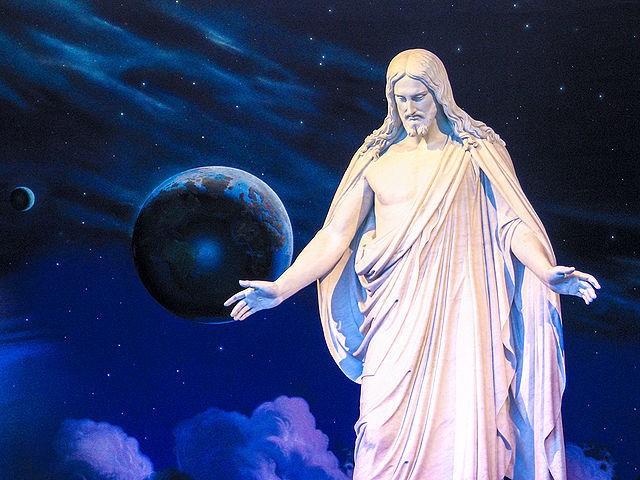
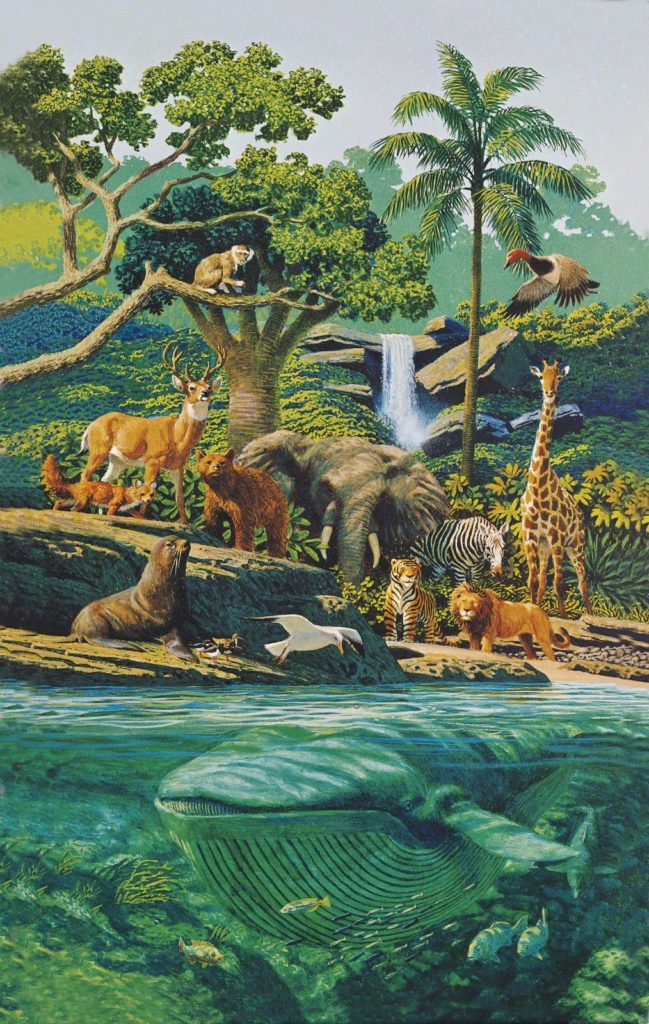
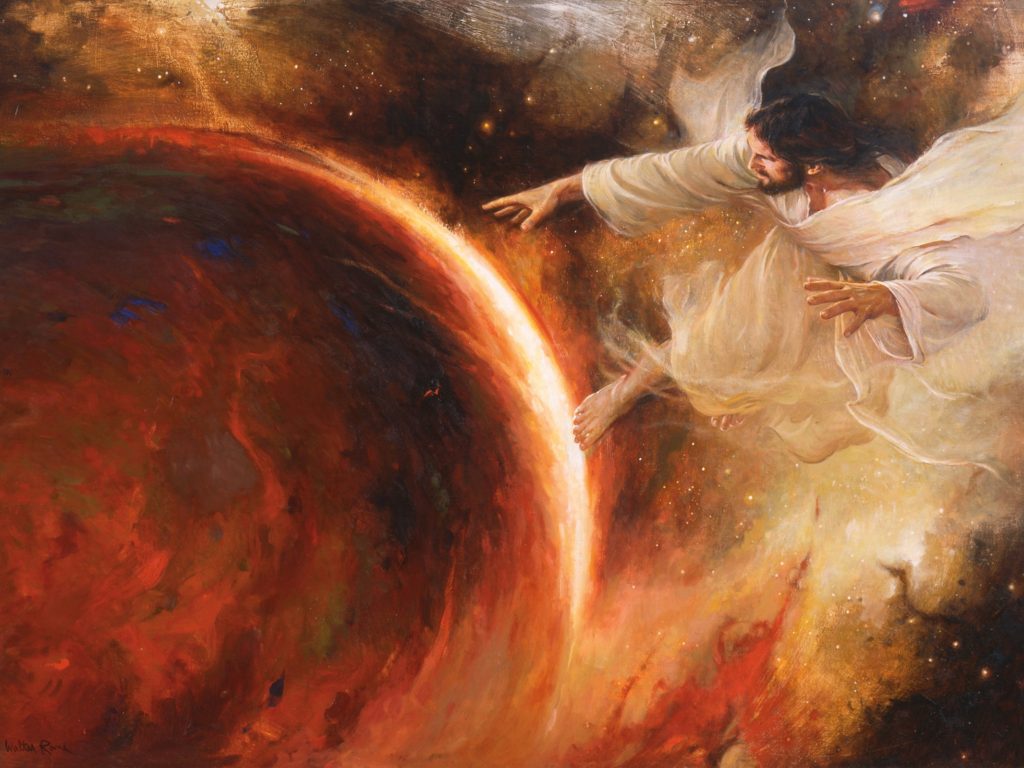
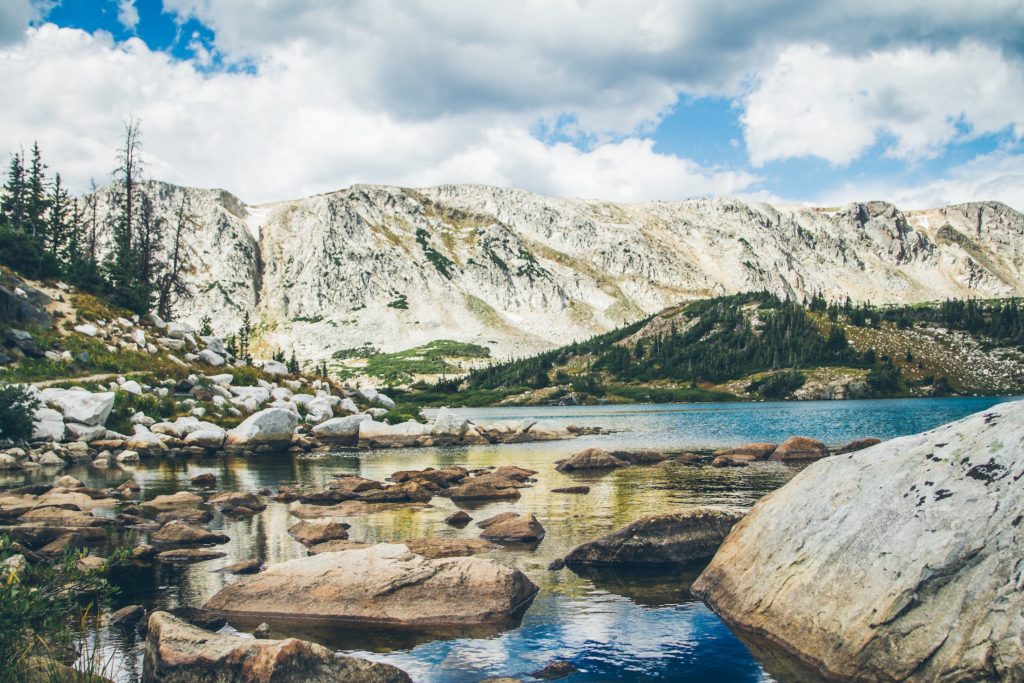

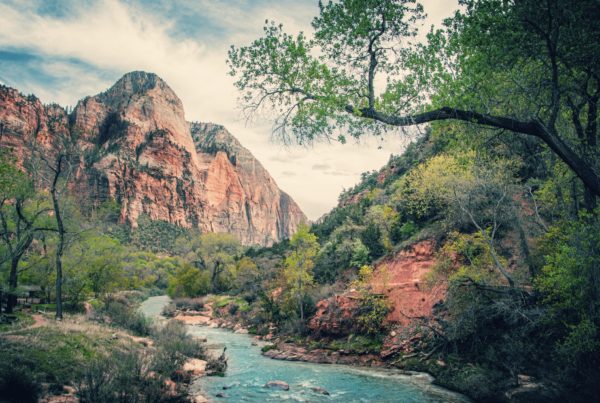
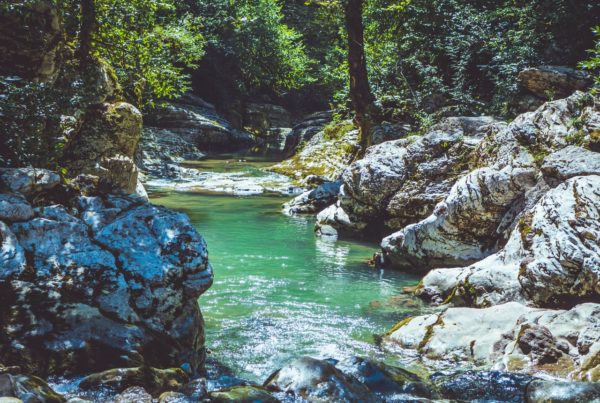
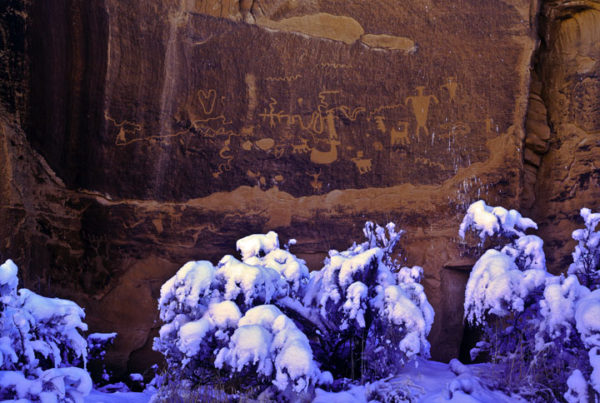
One Comment